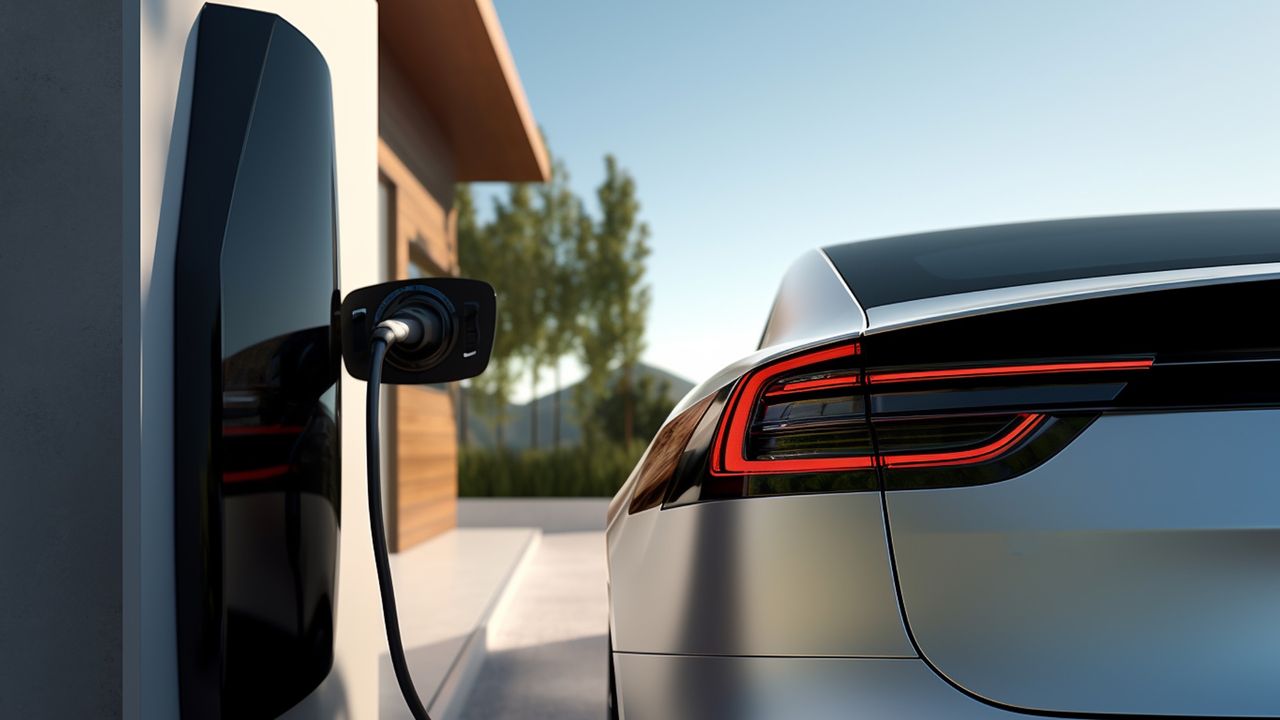Battery Technology and Advancements in Electric Vehicles: Addressing Range Anxiety with Thermal Management
Electric vehicles (EVs) have become increasingly popular in recent years, offering a more sustainable and eco-friendly mode of transportation. However, one of the main concerns for potential EV owners is range anxiety – the fear of running out of battery power before reaching their destination. To address this issue, significant advancements have been made in battery technology, particularly in the area of thermal management for lithium-ion batteries.
Understanding Lithium-Ion Batteries
Lithium-ion batteries are the most common type of battery used in electric vehicles due to their high energy density and long cycle life. These batteries consist of a cathode, an anode, and an electrolyte, all enclosed in a protective casing. When the battery is charged, lithium ions move from the cathode to the anode through the electrolyte, storing energy. During discharge, the process is reversed, releasing the stored energy to power the vehicle.
However, one of the challenges with lithium-ion batteries is their sensitivity to temperature. Extreme temperatures, whether too hot or too cold, can significantly impact their performance and lifespan. High temperatures can cause thermal runaway, leading to battery degradation and even safety hazards. On the other hand, low temperatures can reduce the battery’s capacity and power output.
The Importance of Thermal Management
Thermal management plays a crucial role in maintaining the optimal temperature range for lithium-ion batteries. By effectively managing the battery’s temperature, EV manufacturers can enhance performance, extend battery life, and alleviate range anxiety for EV owners.
There are various techniques employed for thermal management in electric vehicles:
- Liquid Cooling: This method involves circulating a coolant, such as a mixture of water and ethylene glycol, through channels or pipes in close proximity to the battery cells. The coolant absorbs heat generated during battery operation, preventing overheating and maintaining a stable temperature range.
- Air Cooling: Air cooling utilizes fans or blowers to direct ambient air over the battery cells, dissipating heat and maintaining a suitable temperature. This method is less complex and more cost-effective than liquid cooling but may not be as efficient in extreme temperature conditions.
- Phase Change Materials (PCMs): PCMs are substances that can store and release thermal energy during phase transitions, such as solid to liquid or liquid to gas. By incorporating PCMs into the battery pack, excess heat can be absorbed and stored, preventing temperature spikes and maintaining a stable operating temperature.
Advancements in Thermal Management
With increasing demand for electric vehicles, researchers and engineers are continuously working on innovative solutions to improve thermal management and address range anxiety. Some notable advancements include:
- Active Thermal Management Systems: These systems utilize sensors and advanced algorithms to monitor the battery’s temperature in real-time. By adjusting cooling or heating mechanisms accordingly, the battery’s temperature can be maintained within the optimal range, maximizing performance and longevity.
- Advanced Battery Pack Designs: EV manufacturers are exploring new battery pack designs that incorporate improved thermal management capabilities. This includes integrating cooling channels directly into the battery modules or using innovative materials with enhanced heat dissipation properties.
- Thermal Interface Materials (TIMs): TIMs are used to improve heat transfer between the battery cells and cooling systems. Newer TIMs with higher thermal conductivity and improved durability are being developed to enhance overall thermal management efficiency.
Conclusion
As battery technology continues to evolve, addressing range anxiety through effective thermal management is becoming a top priority for electric vehicle manufacturers. By implementing advanced cooling systems, utilizing phase change materials, and incorporating innovative designs, the performance and longevity of lithium-ion batteries can be significantly improved. These advancements not only alleviate range anxiety but also contribute to a more sustainable future of transportation.
